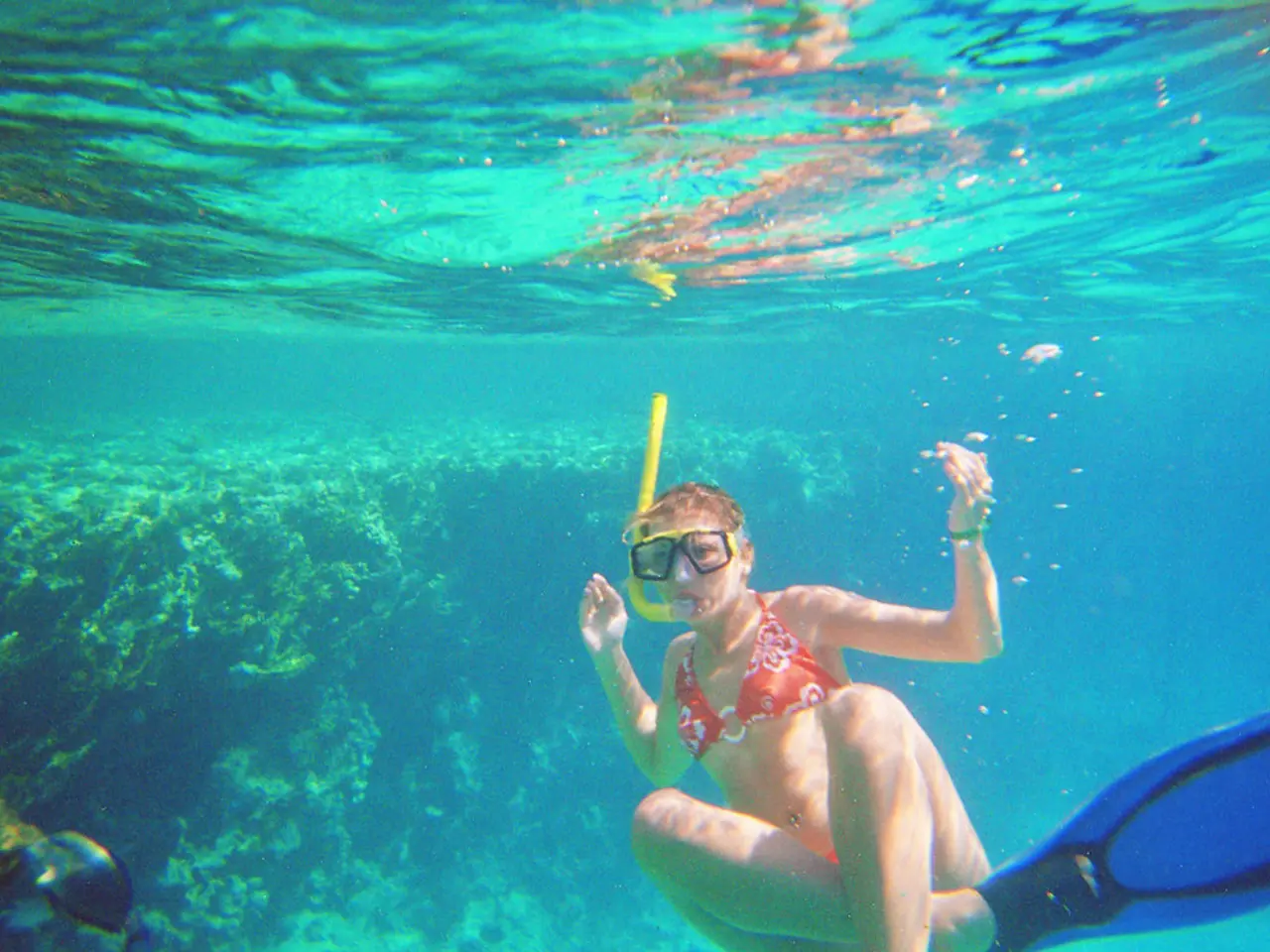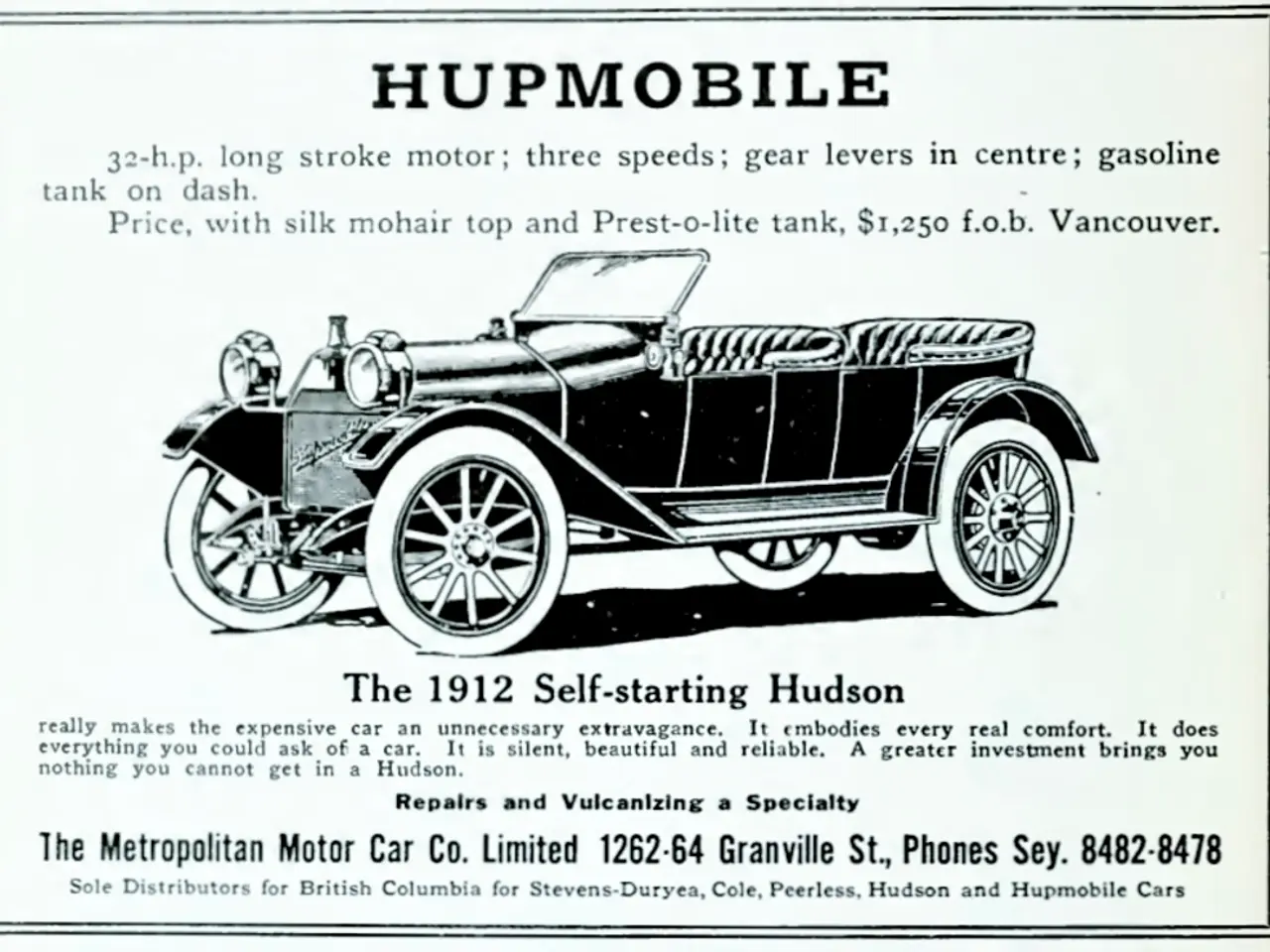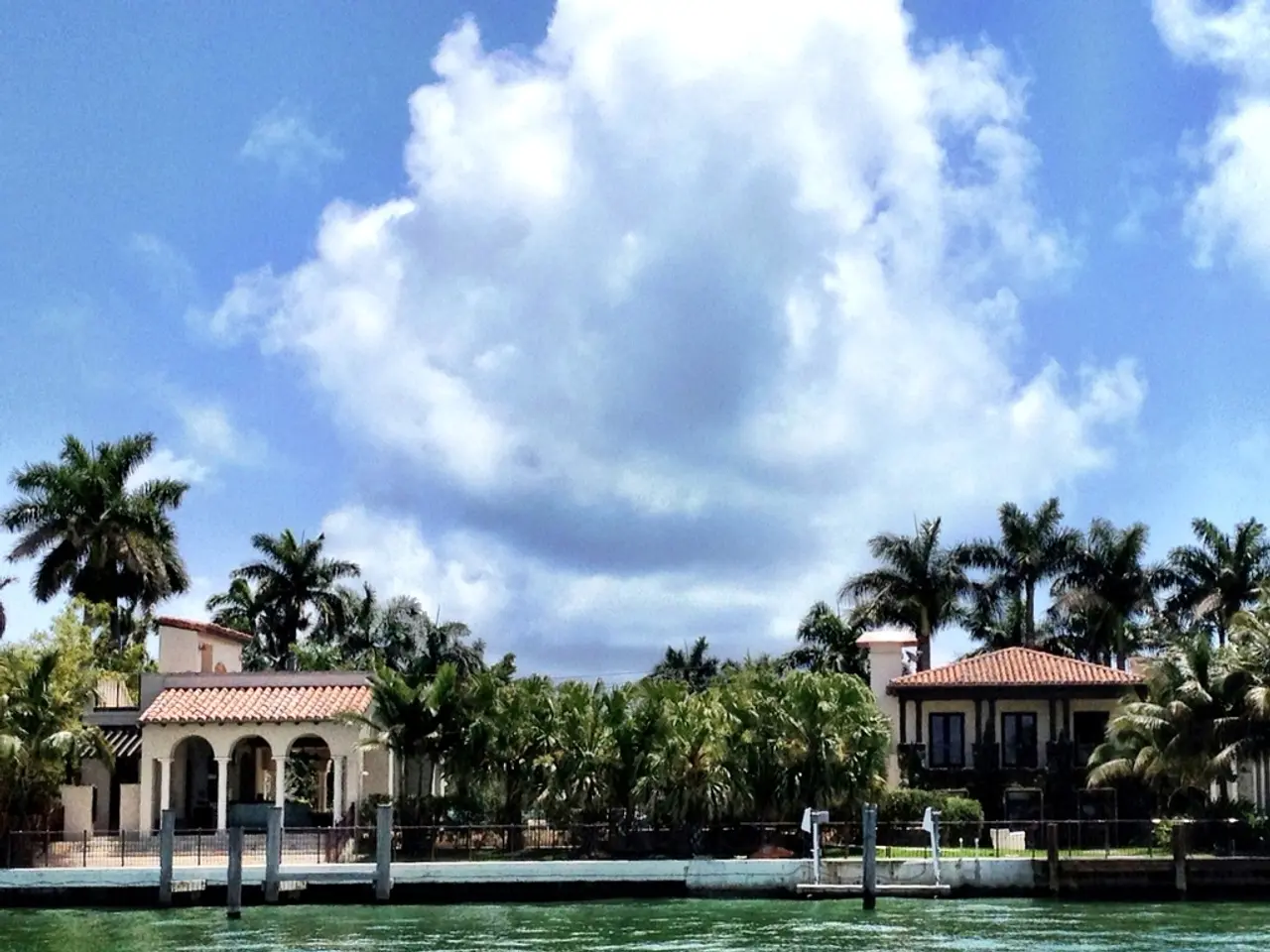Sailors are increasingly opting for multihull vessels over traditional monohull ones.
Sailing Towards the Future: The Rise of Multihulls
In the world of sailing, a shift is underway as more and more adventurers are choosing multihulls over monohulls for ocean crossings and long-term cruising. This trend is evident in the growing popularity of catamarans and trimarans, particularly among those embarking on epic journeys.
One such couple, Richard Border and Alex Mathisen, have made the switch. Having spent years in actuarial consulting, Border exited his business and, along with Mathisen, opted for a catamaran for their new boat. The decision was driven by a desire for a boat they could cruise and live aboard, offering superior speed, stability, spaciousness, and safety features.
The advantages of multihulls are numerous. For instance, their multiple hulls reduce drag, enabling a shallower draft and more efficient sailing. This speed advantage is a significant draw for long-distance voyages.
In terms of comfort, the wide beam and multiple hulls provide enhanced stability, reducing seasickness and making them more comfortable, especially in rough conditions. The spaciousness of multihulls is another selling point, with larger cockpits, more cabins, and extra room for relaxation and storage, ideal for extended cruising with family or friends.
Safety is another key factor. Multihulls tend to stay afloat even if one hull is compromised, and twin engines provide backup if one fails. Their shallow draft also allows them to anchor in shallower waters, opening access to more remote and scenic cruising grounds.
However, owning a multihull is not without its challenges. Axel Doerwald, for example, budgets $200,000 annually to cover maintenance, insurance, marina fees, crew fees, spares, fuel, and provisioning. Additionally, owners must factor in the cost of servicing and maintaining two engines.
The global marina infrastructure is struggling to adapt to and accommodate the rate at which multihull boats are being built. Prices for mooring in marinas vary significantly, with some locations charging superyacht prices based on beam. There is also a lack of suitable yard and haul out facilities for large multihulls, with limited options for wide beam haul outs.
Despite these challenges, the combination of speed, comfort, and safety makes multihulls particularly attractive for long-term cruising and ocean passages. This explains their growing popularity among sailors undertaking these adventures.
As the ARC transatlantic rally reflects, over a third of the boats this year are multihulls, a sign of the rise and rise of these vessels. The rally is also attracting more mid-life sailors in their 40s or early 50s, a sign of increasing affluence and earlier financial independence.
In the Mediterranean, there is a race for stern-to moorings, and owners may need to anchor near popular harbours to secure a spot the next morning. Mike Broughton, a professional navigator and racing sailor, is about to go transatlantic with a charter group in a carbon composite McConaghy MC75 catamaran named Jack.
Petr Deuchner, the professional skipper of an enormous-looking Australian-flagged Fountaine Pajot Samana 59, has made two Atlantic crossings in this model of catamaran. Deuchner prefers multihulls for comfort and safety, especially for sailing with different ages on board. However, he notes that if one wants adventure or speed, or is racing, a monohull would be a better choice.
The McConaghy MC75 catamaran offers a sailing superyacht experience in a sub-24m package, with a huge saloon and flybridge helm stations with race car-style seats. The Outremer 52 named Inez V is as spacious and comfortable as a small apartment, with a galley that opens to the cockpit, seating areas inside and outside, and a cooling breeze coming through the forward saloon windows.
Shipping a multihull back from the Caribbean to the Mediterranean can be very expensive, with costs potentially exceeding $40,000. Despite these costs, for many buyers, the stability, space, and privacy offered by multihulls outweigh the practical and financial considerations.
Border and Mathisen plan to join the Grand Large World Rally, spending three-and-a-half years circumnavigating, and then sell the boat. They tested the concept of a catamaran by chartering a Lagoon 45 in Greece and helping deliver a Lagoon 42 from Les Sables d'Olonne to Gibraltar.
As the trend towards multihulls continues, it's clear that these vessels are here to stay, offering a unique and appealing option for those seeking adventure on the high seas.
Sports like yacht racing witness an increasing preference for multihull boats, such as catamarans and trimarans, due to their advantages like improved speed, stability, spaciousness, and safety. These attributes make them particularly well-suited for long-term cruising and ocean passages, as evidenced by the growing number of multihull boats participating in rallies like the ARC transatlantic rally.








